Weed Out Your Child’s Room To Encourage Your Child’s Creative Play
Most children today are like descendants of the old woman in the shoe and “have so many toys, they don’t know what to do.” The spoils of Christmases and birthdays past are most often stuffed onto shelves or thrown together in a toy box or basket, so it is frequently more fun to dump everything out rather than imaginatively play with particular toys.
Helle Heckmann, who runs a #Waldorf inspired child care center in Denmark, describes this cross-cultural phenomenon:
The abundance of the children’s room must be every parent’s or child’s worst nightmare. “I’m bored.” “I’ve got nothing to play with” – even though the shelves are full to the brim. Dust-collectors, a useless mess. Where is the love for the teddy bear, the doll, the care? The present which was given in love and did not drown in abundance is hard to find. The child does not need the toys – the toy factories need the child.
So we invite you to contemplate your child’s bedroom or play room and see which items don’t seem to contribute to imaginative play or are never used in play. The weeding out can be done openly or covertly. Some parents have enlisted enthusiasm for the project by saying to the child, “You have so many things. Let’s sort through the ones you don’t play with any more and give them to the Goodwill so other children whose parents don’t have the money to buy toys for them will be able to have some of yours.” Other items can simply disappear into a box for a few weeks, to be brought back if they are missed – or passed on if they are not. One mother told me she sets aside a box of extra toys as a “rainy day box,” which she can go to at times when her child really seems ready for new input.
Once you have appraised your children’s toys and you can begin to see the floor and the shelves; you will be much more aware of the individual toys. Then you can think about how to arrange them, because the way in which you display a child’s toys determines to a large extent whether or not your child will play with them.
Remember that much of play is suggested by the objects themselves as they spark associations in the child’s imagination. When toys are piled together in a toy box or basket, they aren’t inviting to your child, and you will never have the possibility of your child’s playing quietly by himself after waking up, allowing you to get another twenty minutes of sleep.
There are other advantages to creating order in your child’s play space by making sure that everything has a “home”. Having a place for everything can provide the child with a feeling that there is order in the larger scheme of things. And it is through play that a child develops habits for work. Helping your child use things and put them away not only teaches good habits in the present but can also be of help in the later development of thought processes. Dr. Gilbert Childs writes, “Such tidiness in practical affairs will assist the order of thought processes, so laying the foundations for clear thinking in adult years. Children learn to ‘think with their hands,’ and doing repetitious activities that are allied to household and human tasks in life strengthens their will-power.” Although it may seem like extra work to clean up with your child at the end of each day, arranging toys invitingly on shelves or tables will encourage your child to be self-motivating in his play. Arranging little scenes on tables or shelves will invite the child to “live into” the scene and start to play with it the next day.
Another aid to your child’s play is having activity areas, if your home or apartment is large enough. For example, a play kitchen area with a child-size table and chairs and some kind of toy stove and dishes will provide hours of imitative play. Most of the play dishes, pots, and pans sold in toy stores last a few weeks or months before they are broken or dented beyond recognition. Adult items-wooden bowls, small pots, silverware, saucers, and pitchers, for instance-are sturdier and can usually be picked up inexpensively at second-hand stores. Wooden fruit can be found at many import stores, and a jigsaw can be used to cut pieces of bread from a scrap of plywood.
When you set up activity areas, remember that your child will most often want to play fairly close to where you spend most of your time. A play area in a dining room or family room is often used more frequently than a bedroom that is upstairs and far away from the main activities of the family. One such area of great enjoyment is workbench with a real vice, small hammer, saw, and nails. Children enjoy the activities of hammering and awing, and they can also make toy such as boats or cars. An old tree stump that can be kept indoors for pounding nails is a great way to engage children’s excess energy. A doll corner is special place where the dolls can be put to bed each night and greeted in the morning. Cradles, baskets lined with cloth, a small high chair, and a drawer for dolls’ clothes all add to the play in this area.
A few simple capes, hats, and accessories for dress-up can greatly enhance your child’s play. Children love to play dress-up for the sheer joy of putting on and taking off fancy clothes; they also love to transform themselves into characters who can then act out roles in imaginative play – especially if several siblings or friends play together.
And, the less formed and more archetypal a toy is, the more possibilities it leaves for the child’s imagination.
You can also collect natural objects that can be used in many ways by children. Rocks, shells, pinecones, chestnuts, or walnuts, if made available in small baskets or other containers, will appear as part of the scenery, pieces of food, small animals, or whatever else is needed in the moment’s play.

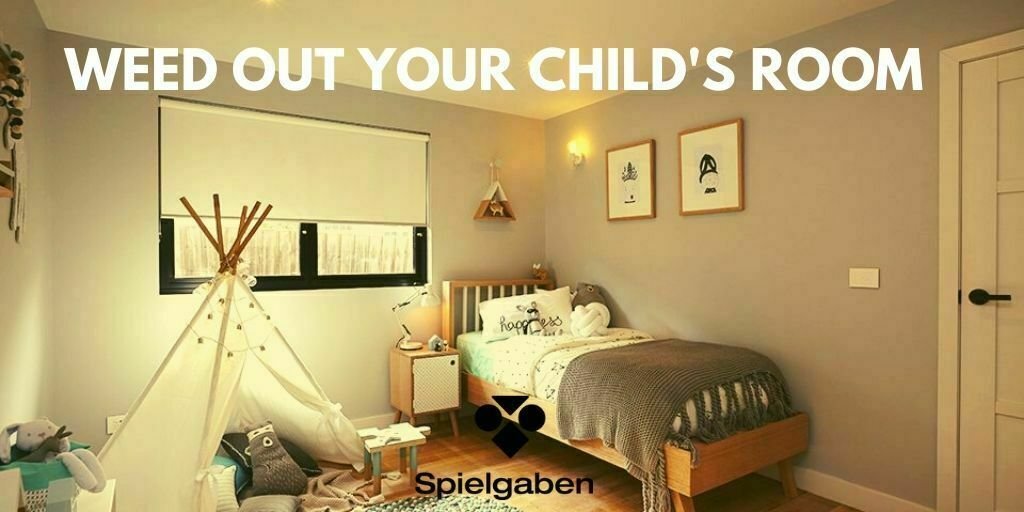

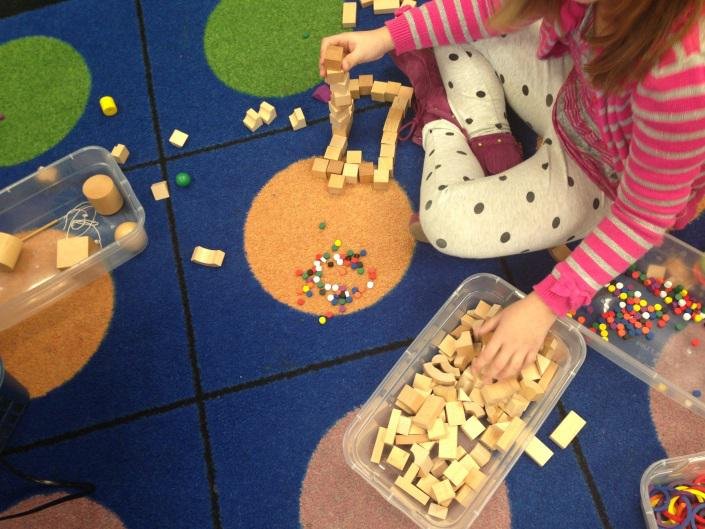

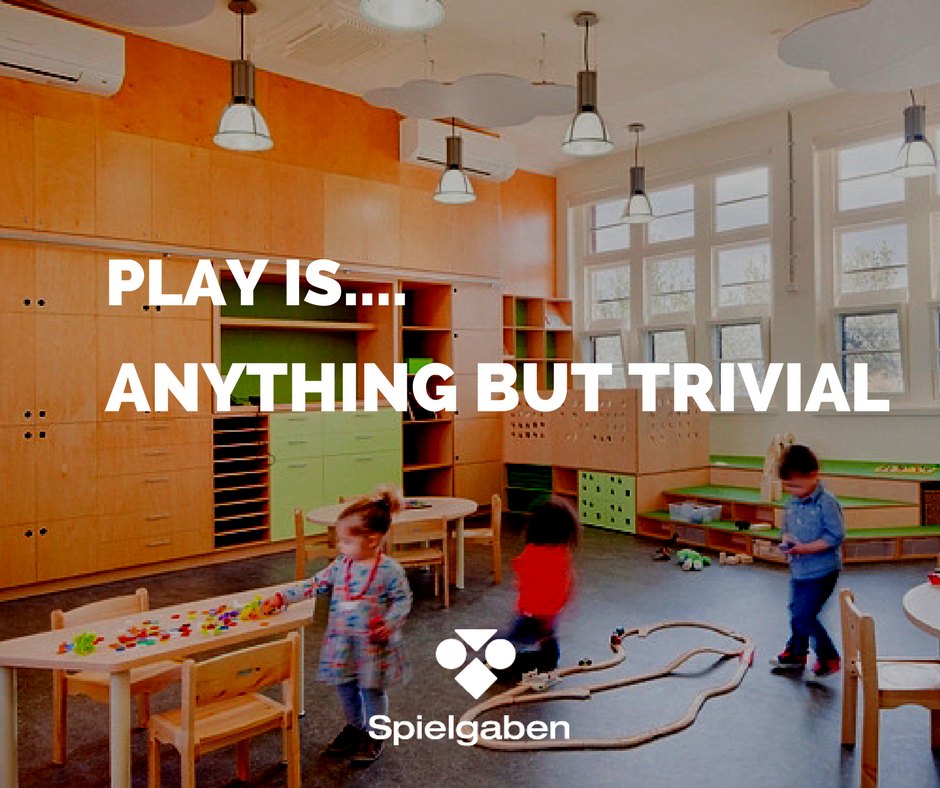
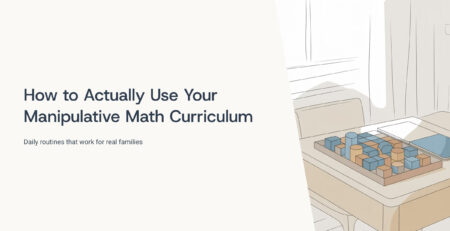

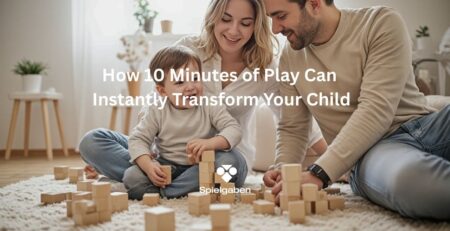

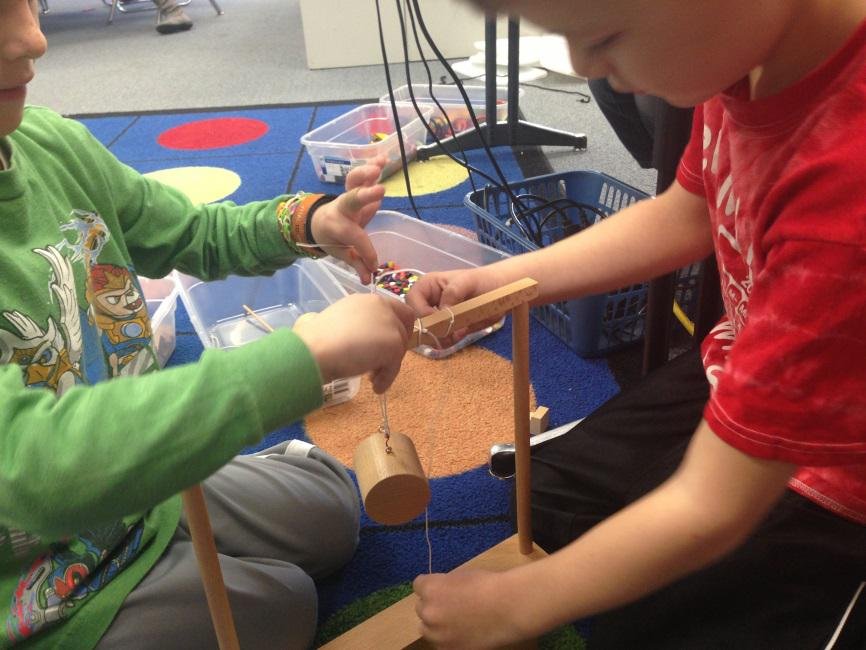


LEAVE A COMMENT